For Product Registration and general enquires please contact us
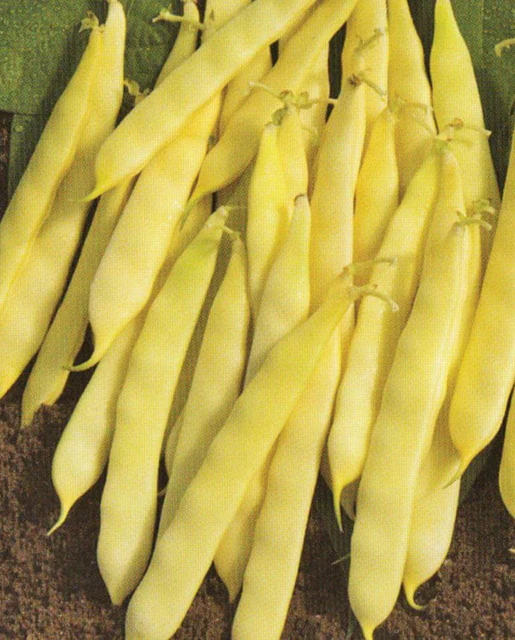
Serpedor Wax Romano Beans
$9.99 – $199.99
This compact bush bean produces masses of richly flavoured wax Romano type pods over a long harvest period. Expect the best qualities of Romano beans from conveniently compact bush plants that don’t take up a lot of room in the garden.
West Coast Seeds ships anywhere in North America. However, we are not able to ship garlic, potatoes, asparagus crowns, bulbs, onion sets, Mason bee cocoons, or nematodes outside of Canada. We regret, we cannot accept returns or damages for orders outside of Canada. The minimum shipping charge to the US is $9.99.
Description
More details about Serpedor Wax Romano Beans
This compact bush bean produces masses of richly flavoured wax Romano type pods over a long harvest period. Serpedor wax Romano bean pods are broad, flat, and completely stringless, about 15cm (6″) long – with fantastic flavour. Expect the best qualities of Romano beans from conveniently compact bush plants that don’t take up a lot of room in the garden. Try Serpedor beans in pots, grow bags, or window boxes in the patio or balcony vegetable garden. We were delighted with the outcome of our seed trials with Serpedor. Plants were uniform and robust.
Matures in 75 days. (Open-pollinated seeds)-
- Bush bean
- Fantastic flavour
- Pods are broad, flat, and stringless
- Open-pollinated seeds
- Matures in 75 days
All About Serpedor Wax Romano Beans
How to Grow Bush Beans

Step 1: Timing
Direct sow mid-to late spring. Try to plant during a warm, dry spell. Soil must be warm—if it is not warm enough, seeds may rot, especially since our seeds are not treated with fungicide. Sow drying beans as early as possible, so they can mature before rainy/cold weather sets in. Optimal soil temperature: 21-2°C (70-90°F). Seeds will sprout in 8-16 days, depending on conditions.
Step 2: Starting
Sow bush bean seeds 2-5cm (1-2”) deep, 5-8cm (2-3”) apart, in rows 45-60cm (18-24”) apart. Thin to at least 15cm (6”) apart in each row. If the weather is too wet, beans can also be started in pots indoors and set out carefully a few weeks later. For a longer harvest, plant at 3 week intervals.
Step 3: Growing
Ideal pH: 6.0-6.5 Well drained, warm soil in full sun is best. Use 1 cup of complete organic fertilizer for every 3m (10′) of row. Raised beds help with both drainage and warmth. Too much nitrogen fertilizer is often the cause of poor pod set and delayed maturity. If the plants flower but do not set pods, the cause may be zinc deficiency. Try spraying the plants with kelp-based fertilizer.
Step 4: Germination
Days to maturity: From direct sowing. In optimal conditions at least 75% of seeds should germinate. Usual seed life: 3 years. Per 100′ row: 800 seeds. Per acre: 232M seeds.
Step 5: Harvest
Pick beans regularly to keep the plant producing (if pods get fat with seed, the plant will stop flowering). The smaller the bean, the more tender they are.
Tips!
• Wet leaves on crowded plants are subject to diseases. Thin plants to increase air circulation and avoid touching the leaves while they are wet. Diseases & Pests: Aphids – A hard stream of water can be used to remove aphids from plants. Wash off with water early in the day. Check for natural enemies such as grey-brown or bloated, parasitized aphids and the presence of larvae of lady beetles and lacewings. Spider mites (two-spotted) – Wash off with water early in the day. A hard stream of water can be used to remove mites. Leafhoppers – Small, light green to grey insects that feed on the plant juices, causing stunted growth, and transferring viruses. No cultural control available. Companion Planting: Beans fix nitrogen in the soil. Plant with beets, Brassicas, carrots, celery, chard, corn, cucumber, eggplant, peas, potatoes, radish, and strawberries. Avoid planting near chives, garlic, leeks, and onions.Additional information
| Matures | in 75 days |
|---|---|
| Season | Warm season |
| Exposure | Full-sun |
| Quantity | 25g, 100g, 225g, 1kg, 2.5kg |
You must be logged in to post a review.




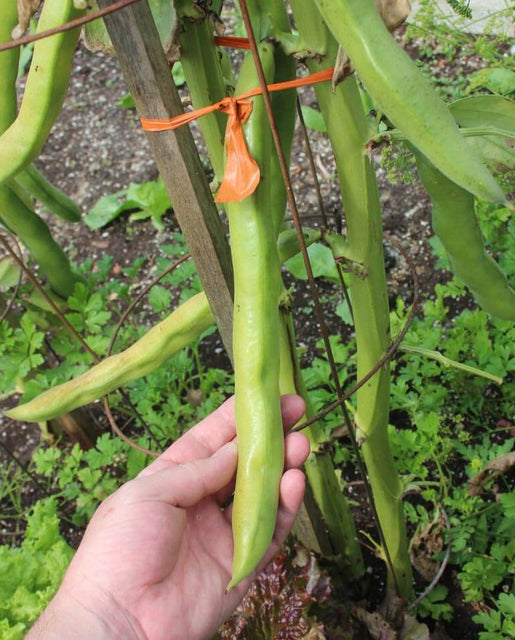
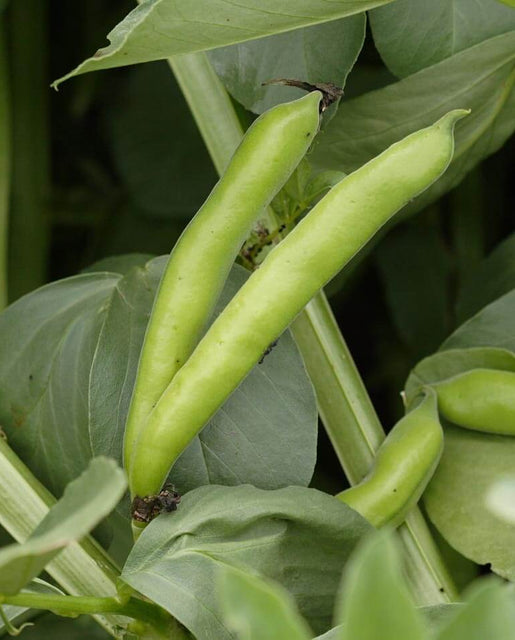
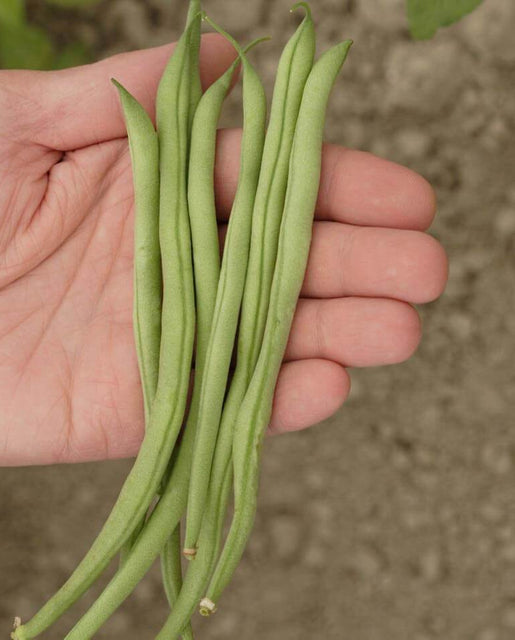
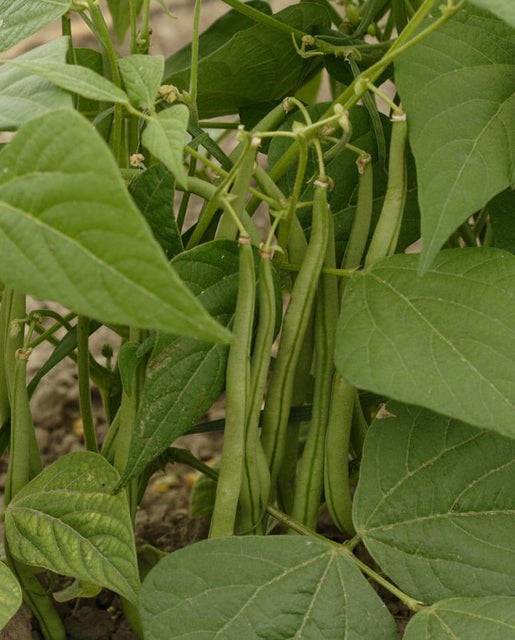
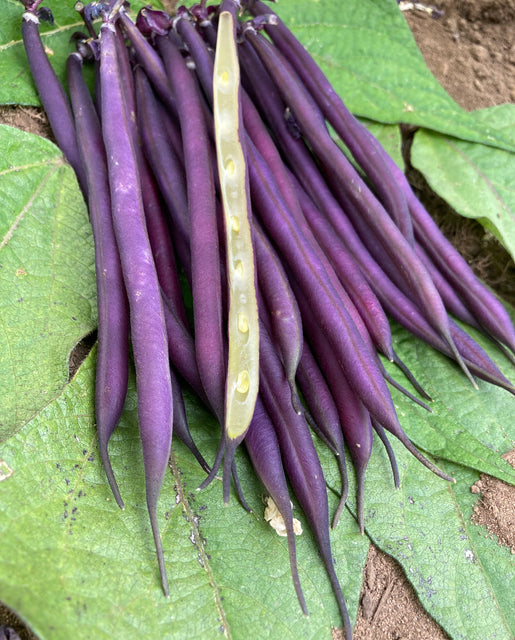
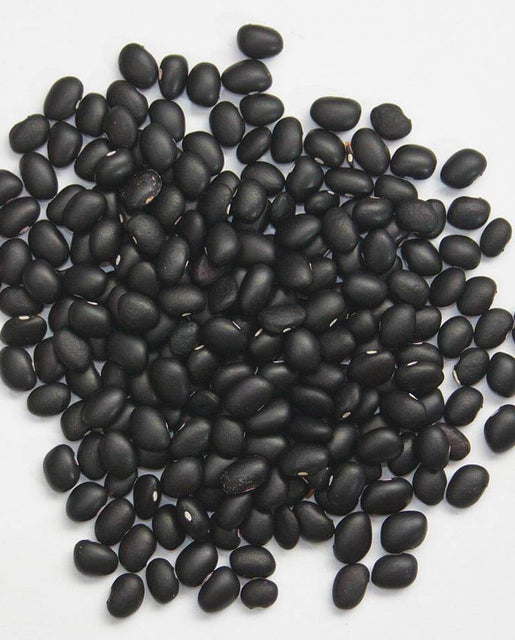




Reviews
There are no reviews yet.